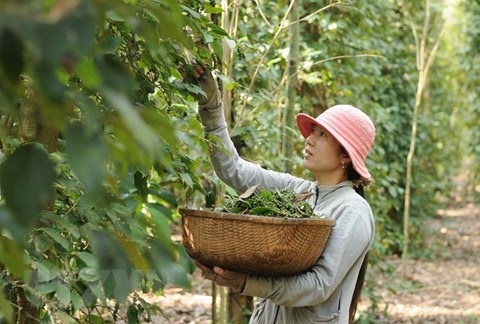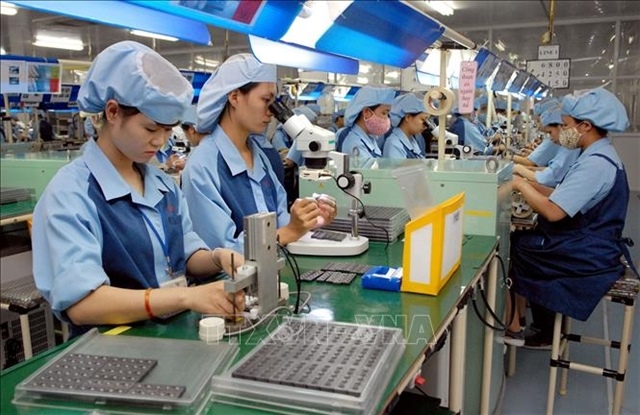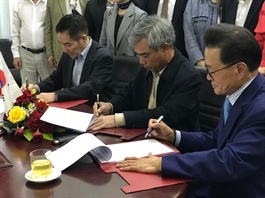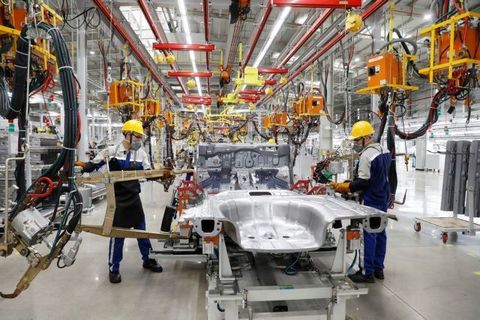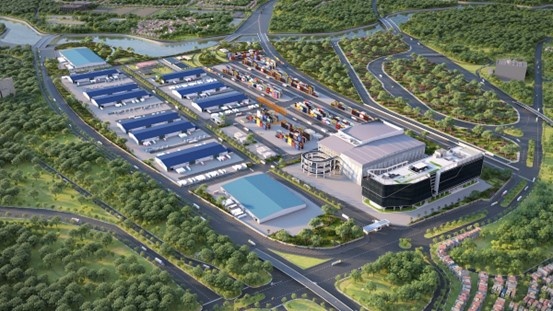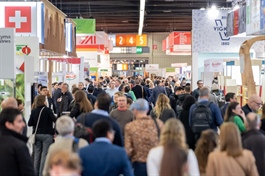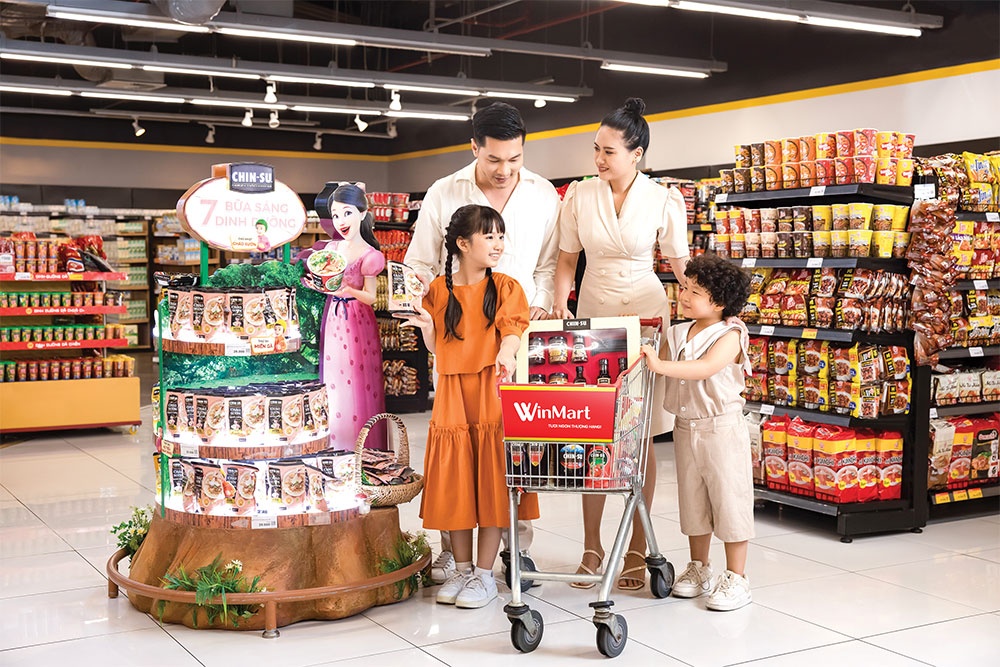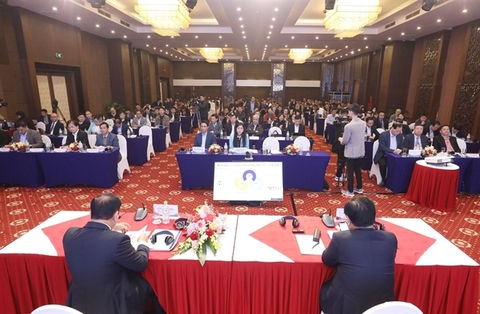Vietnam to add value to vegetable and fruit
Vietnam to add value to vegetable and fruit
Only about 1.1 million tons of vegetables and fruits in Vietnam were produced with modern technology.
Capital shortage and backward technology have been blamed for the underdevelopment of vegetable and fruit processing in Vietnam.
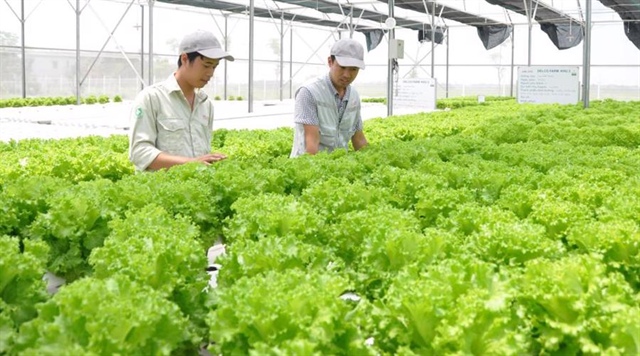
Vegetable plantation using advanced technology in Hanoi. Photo: The Hanoi Times |
The Vietnam Fruit Association has called on the Government and concerned ministries and sectors to have policies to encourage investment and support the development of fruit and vegetable processing with capital and technology transfer.
Secretary General of the association Dang Phuc Nguyen said it is necessary to strengthen the control of growing areas, the quality of materials and seedlings, and the course of production and processing to ensure product quality.
"Relevant agencies should assist localities in planning processing zones, especially capital, and connection between farmers and businesses to build effective and sustainable linkage models in raw material regions," added Nguyen.
The Ministry of Agriculture and Rural Development will soon submit to the Government mechanisms and policies improving the connection of the production, processing, and consumption stages within the framework of value chains and encourage businesses with the financial and technological potential to lead this process.
Companies and cooperatives are expected to shift production towards thorough processing, thereby increasing the proportion of high-value-added products.
Vietnam produces some 31 million tons of vegetables and fruits annually, but only 1.1 million tons are processed with modern technology in 150 factories across the country.
About 7,500 micro-factories or households process about another 3.4 million tons, but their quality does not meet export requirements.
According to the Ministry of Agriculture and Rural Development, up to 76% of vegetables and fruits are exported fresh or semi-processed, while the world's consumers are leaning towards processed ones.
It is the reason why Vietnam's fruit and vegetable export volume only reached US$3.34 billion in 2022, including more than US$1 billion in processed products.
Chairman of the Board of Directors cum Director-general of Dong Giao Foodstuff Export JSC., Dinh Cao Khue said processing the fruit and vegetable will help control prices and increase product value by 3 – 4 times compared to fresh items.
"Processing will also increase the shelf life of farm produce and solve the local excess of supply," said Khue.
However, he said it requires significant investments, while most companies in the sector are small-scale (80% of facilities have less than VND2 billion).
According to Chairman of the Board of Directors of Nafoods JSC., Nguyen Manh Hung, the Ministry of Agriculture and Rural Development and the Ministry of Industry and Trade plan to work out policies on preferential loans for enterprises in the sector to invest in cold storage, technological innovation, and development of vegetable and fruit processing factories.
|
Hanoi undertakes measures to boost agricultural outputs
Hanoi authorities have been deploying various mechanisms and policies to encourage enterprises and cooperatives to invest in processing agricultural products, said Deputy Director of the City Department of Agriculture and Rural Development Ta Van Tuong. The city has set specific targets, such as having 50% of agro-processing factories apply high technology for producing and preserving produce by 2025. Hanoi aims to establish 15 competitive facilities processing agricultural products associated with value chains by 2030 and form a one-stop processing, preservation, and inspection complex to support the export of such products. There are thousands of agricultural product processing establishments in Hanoi, and 98% are small- or medium-scale. The number of production lines with modern technology and storage systems is minimal. |


